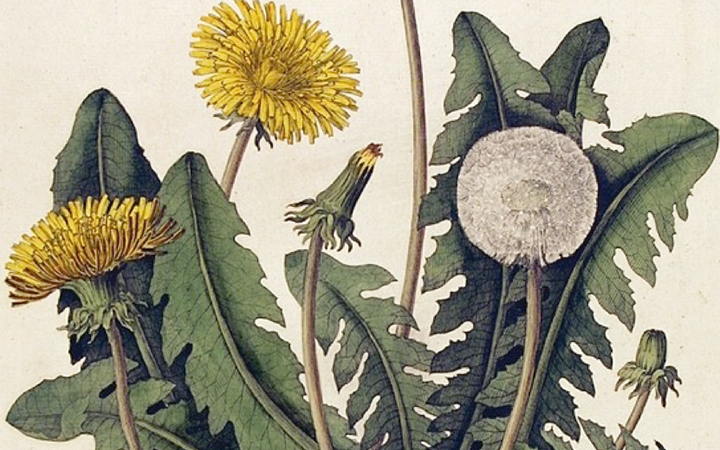Taraxacum officinale, the common dandelion (often simply called “dandelion“), is a floweringherbaceous perennial plant of the family Asteraceae (Compositae). It can be found growing in temperateregions of the world, in lawns, on roadsides, on disturbed banks and shores of water ways, and other areas with moist soils. T. officinale is considered a weed, especially in lawns and along roadsides, but it is sometimes used as a medical herb and in food preparation. Common dandelion is well known for its yellow flower heads that turn into round balls of silver tufted fruits that disperse in the wind called “blowballs”[4] or “clocks” (in both British and American English).[5][6][7][8]
(From Wikipedia, March 2015)




